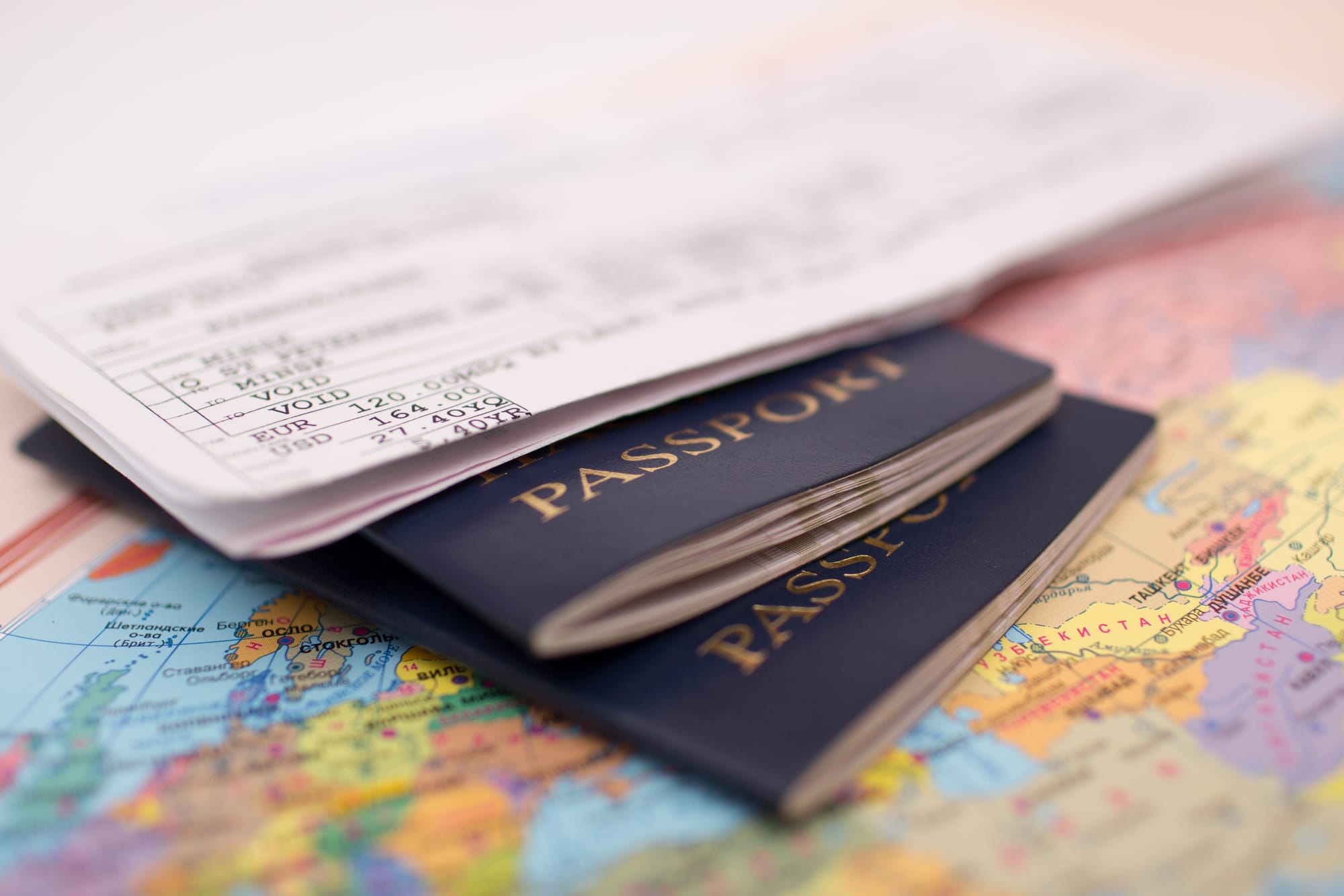Florida’s capital airport just exceeded its personal best by flying in and out more than 50 million passengers in one year.
A record 50.6 million passengers passed through Miami International Airport (MIA) in 2022, which is over 10% higher than the previous high of 2019. Among this record-breaking number, it serviced about 21.3 million foreign travelers, which was 8.3 million higher than in 2021.
Table of Contents
If those numbers aren’t proof enough, here are some more.
In 2019, MIA served over 45 million passengers, making it the 13th busiest airport in the United States, according to data from the Federal Aviation Administration. However, due to the COVID-19 pandemic, air travel decreased significantly in 2020, with MIA handling around 33 million passengers, a drop of nearly 30% compared to the previous year.
But this past year, Miami Internation Airport served 13.3 million more travelers, an enormous increase of 35% year over year, compared to the airport’s high of 37.3 million passengers in 2021, when the travel industry was still working back to its pre-pandemic business volume.
Its success was fueled by American Airlines, Envoy, Spirit Airlines, Southwest Airlines, and JetBlue servicing tons of domestic locations as well destinations in the Carribean, South America, Europe and Canada. Not only did the airport see a sizable increase in business travel, leisure and international tourism, but the end of 2022 also saw a record number of holiday travelers.
Why is this important?
The accomplishment was celebrated with a three-tiered cake and a press conference with the mayor of Miami. But it was not a celebration of airport efficiency, necessarily, but rather the bigger picture implications in terms of tourism revenue, local job creation, and economic rebound.
After a few difficult years for the travel industry, tourism, hospitality, and so many other sectors, booked flights and full suitcases are a welcome sign of recovery. Though this is just one example
Is travel an indicator of economic growth?
You can bet your Hawaiian shirt on it! When the economy is growing, people generally have more disposable income and are more likely to spend money on travel. This can result in increased demand for air travel, hotel stays, and other tourism-related activities. Additionally, as businesses expand, they may need to send their employees to other locations for meetings, conferences, and other business-related travel, which can also contribute to increased travel.
However, it’s important to note that travel is just one of many factors that contribute to economic growth. A growing economy also typically sees increased investment, higher employment rates, and increased production and consumption of goods and services. Therefore, while travel can be an indication of economic growth, it’s not the only factor to consider.
It’s true that economists often monitor the numbers related to travel and tourism because these sectors can have significant impacts on local, national, and even global economies. Yet, here are some other reasons why the number of travelers could be important.
- Economic impact: Travel and tourism can be a significant contributors to a country’s economy, generating revenue and creating jobs in the hospitality, transportation, and entertainment sectors. By monitoring travel and tourism data, economists can better understand the overall health of the economy.
- Employment: Travel and tourism can create jobs across various sectors, including hotels, restaurants, airlines, and other transportation providers. As such, changes in travel and tourism numbers can be a useful indicator of changes in employment rates and labor market conditions.
- Foreign exchange: Travel and tourism can also bring in foreign exchange through spending by international visitors. This can be especially important for countries that rely on tourism as a significant source of foreign exchange.
- Regional development: Travel and tourism can help to develop and sustain local and regional economies, especially in areas where other economic opportunities may be limited. For this reason, monitoring travel and tourism numbers can provide insights into the economic development of specific regions.
- Trends and consumer behavior: Finally, travel and tourism data can be a useful tool for monitoring trends and changes in consumer behavior. For example, shifts in the types of travel people choose to take or changes in the frequency of travel can provide insights into broader changes in consumer preferences and spending patterns.
What should we expect from travel in 2023?
Although everyone is feeling the effects of inflation on their finances, so far no one has canceled any trip arrangements. According to the U.S. Travel Foundation and Forbes, travel expenditures will rise in 2023 compared to 2022.

Another good sign is that, according to a Booking.com poll, about half of the participants said they would probably spend more money on their subsequent trip to make up for the time they missed. Maybe more tellingly, 43% of respondents said that they were prepared to spend even more in 2023. Particularly younger tourists like to treat themselves. According to an Expedia study, 80% of survey participants between the ages of 18 and 34 are ready to spend more for a better experience this year.
Prepare for the Travel Rush with LimoLive24
Contact our sales team today to discuss how we can support your fleet logistics and limo operations for the busy travel season.




